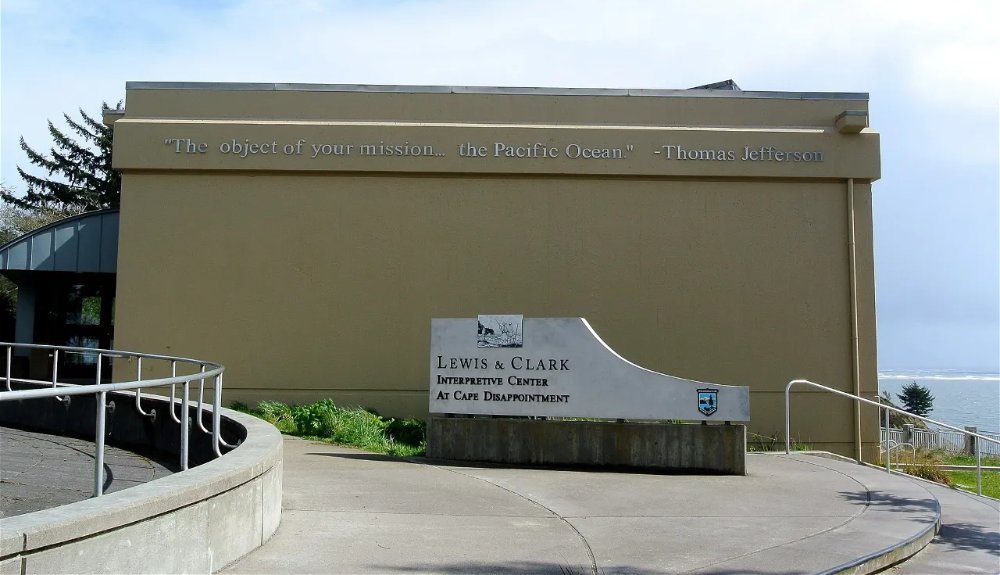In May 1806 Captain Meriwether Lewis and Captain William Clark camped for a few days on the banks of Kooskooskie River near today’s Walla Walla, Washington. The intrepid explorers were on the return leg of a two-year contract for, in President Thomas Jefferson’s words, “The Advancement of the Geography.”
In 1802 Jefferson had carefully asked the Spanish Court — which then held the vast territory of Louisiana — if they would “take it badly” should he dispatch a small expedition up the Missouri River’s course. Although Napoleonic France was soon to reclaim Louisiana, the Spanish Government expressed doubts about Jefferson’s “expedition.”
The fabled “Northwest Passage,” with a connecting transcontinental route for inter-oceanic trade, was really what this was all about. Napoleon wanted to restore France’s empire in North America. However, yellow fever and guerrilla warfare in old San Domingo (now Haiti) knocked the wind out of Napoleon’s dream. The French leader then turned his attention to Europe and began negotiations for the sale of Louisiana to a young, cocky America.
Historian Bernard DeVoto described this real estate deal as “one of the most important events in world history.” America doubled its size at the stroke of a pen. Our nation was about to buttress its claim to the “Oregon Country,” a claim which rested uneasily on the 1792 Pacific Coast explorations of American Captain Robert Gray aboard his ship Columbia Rediviva.
Washingtonians are fortunate to be part of the Lewis & Clark trail. Carefully marked and thoroughly described in book and pamphlet, the party’s campsites and adventures can come alive for imaginative 21st century visitors.
The Columbia River, somewhat changed by dams and powerhouses, is otherwise the same natural canyon seen by our famous 1805-1806 tourists. For example, William Clark saw what he believed to be Mt. Hood and then “killed a swan and several ducks, which made our number of fowls this evening 3 swan, 8 brant, and 5 ducks, on which we made a sumptuous supper.”
At another point he described thick fog, then two days of rain, followed by cloudy weather, more rain, wind, and finally a “calm.” Lewis & Clark had met our Pacific Northwest November.
At Cape Disappointment, near today’s fishing town of Ilwaco, at the mighty river’s opening to the Pacific, the party ate roasted venison for breakfast. Clark described a 100-foot-long sturgeon washed ashore, carved his initials in a young pine tree, and began discussions with members of the “Chinook (who) inhabit this low country and live in large wood houses on a river.”
Today, near Ilwaco, Washington, is a Lewis & Clark Interpretive Center. A few miles south, in the quaint, rainy village of Chinook, is a Lewis & Clark campsite. Just east of the hillside village of Cathlamet is another campsite.
Today we have hard evidence and physical descriptions of this “Advancement of the Geography,” all a short drive from anywhere in the Pacific Northwest. Bring your rain gear and a receptiveness to relive history.
Discover more from Post Alley
Subscribe to get the latest posts sent to your email.

You can’t get sturgeon like that anymore!
Thank you for keeping our history alive one article at a time.